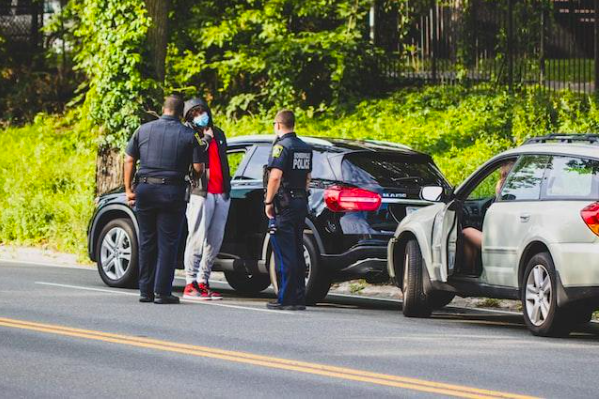
A car accident is almost always sudden for a driver, whether it’s a bump in the rear bumper before a pedestrian crossing or a collision while changing lanes. If the driver does not get into any car trouble every day, then an accident is stressful.
In this article, we will tell you about the order of actions that you need to take in situations, even if you have used premium car rental services. Car rental is always the best alternative to public transport or taxis. It’s convenient and much safer. Also, by renting a car from a car rental company, you save your time.
Car rental companies provide excellent insurance if the car accident was not your fault. But what to do if such a situation happened? We will tell you below.
1. Don’t panic
We strongly advise against yelling at another participant in the accident and proving guilt to each other – no one will be freed from this faster. On emotions, you should not do things that will later lead to negative consequences. For example, there is no need to remove glass and mirror fragments, change places with passengers, or move the car. It is also impossible to leave the place of an accident, because of this you can lose your rights or even receive an administrative arrest.
If the culprit offers not to call any services, not to fill out the protocols and is already opening the banking application in order to “negotiate on the spot”, we advise you to think several times before agreeing. Cars may have damage that is invisible to the eye, which cannot be assessed right now.
Make sure that there are victims in the accident and whether someone needs help.
2. Designate an accident on the road
The included “emergency lights” and exposed signs of an emergency stop will reduce the number of participants in the accident. No accident designation, inattentive drivers can join the emergency “ramp”. In difficult weather conditions, for example, with ice, fog, poor visibility conditions, etc., it is better to put the “triangle” away. At night, drivers are required to wear reflective vests, which should always be in the trunk.
3. Inspect the damage
If the accident had witnesses, it would be useful to ask for their contacts. Be sure to take photos from the scene from different angles, and it would be good to capture in the photo not only the damage and the location of cars on the road, but also the name of the streets, house numbers, warning signs, markings and other details that may be important.
4. Call the police
If drivers cannot agree with each other who is to blame for what happened, and are not ready to reduce payments, then it is better to call a traffic police squad to draw up a protocol. And also if the cars are seriously damaged or the participants in the accident were injured. If at least one of the participants has insurance, then, most likely, in this case, you will have to call inspectors, because insurance companies pay compensation for hull insurance only if there is a certificate signed by a traffic police officer.
5. Notify the insurance
After filling out the protocol, you must contact your insurance company, which issued insurance for the car, and report the accident. Insurers will ask for documents for a car, insurance, a driver’s passport and driver’s license, a notice of an accident and a protocol. In the application for payment, it will be necessary to indicate bank details for crediting funds. If there were victims in the accident, then proof of expenses for medicines and treatment must be attached to this package of documents.
In addition to the documents, the insurance company must also show the damaged car itself.
If the accident happened in a rental car, then of course you should call the company where you rented the car. They will give you a plan of action.
6. Waiting for insurance decision
You should not start repairs yourself until the insurance company announces its verdict. If the car owner is not satisfied with the insurer’s calculation, then the repaired car will no longer be able to undergo a re-examination at the office or at car service stations. Photographs as evidence of damage will not be enough.
We hope you don’t need this checklist! Peaceful roads!

